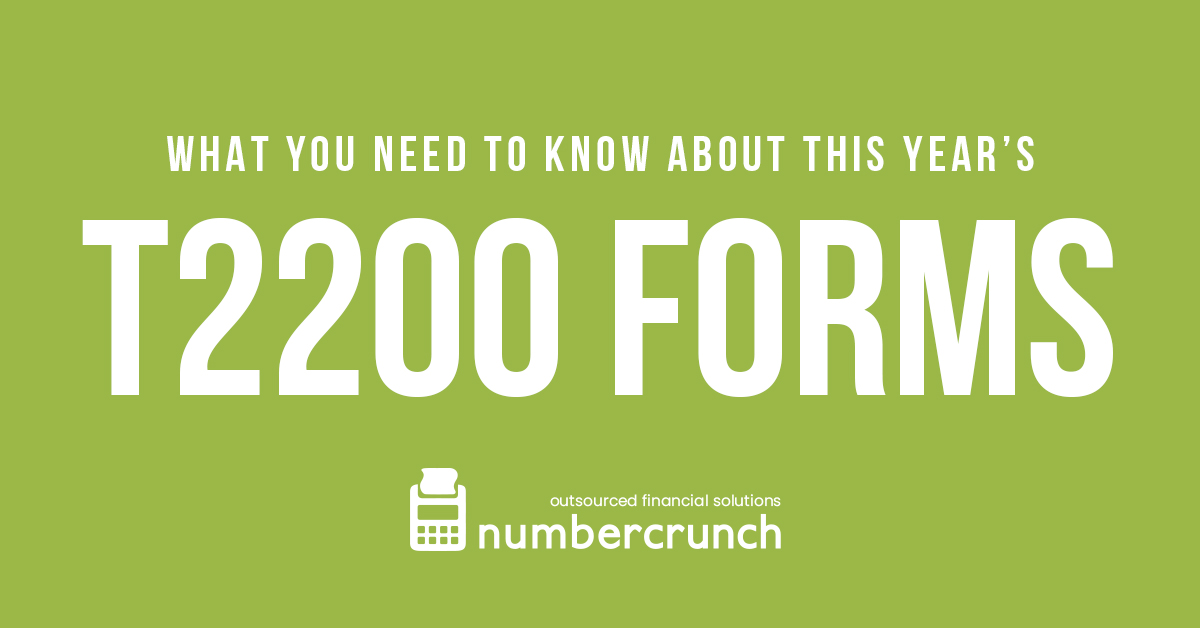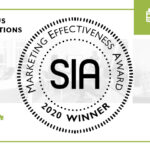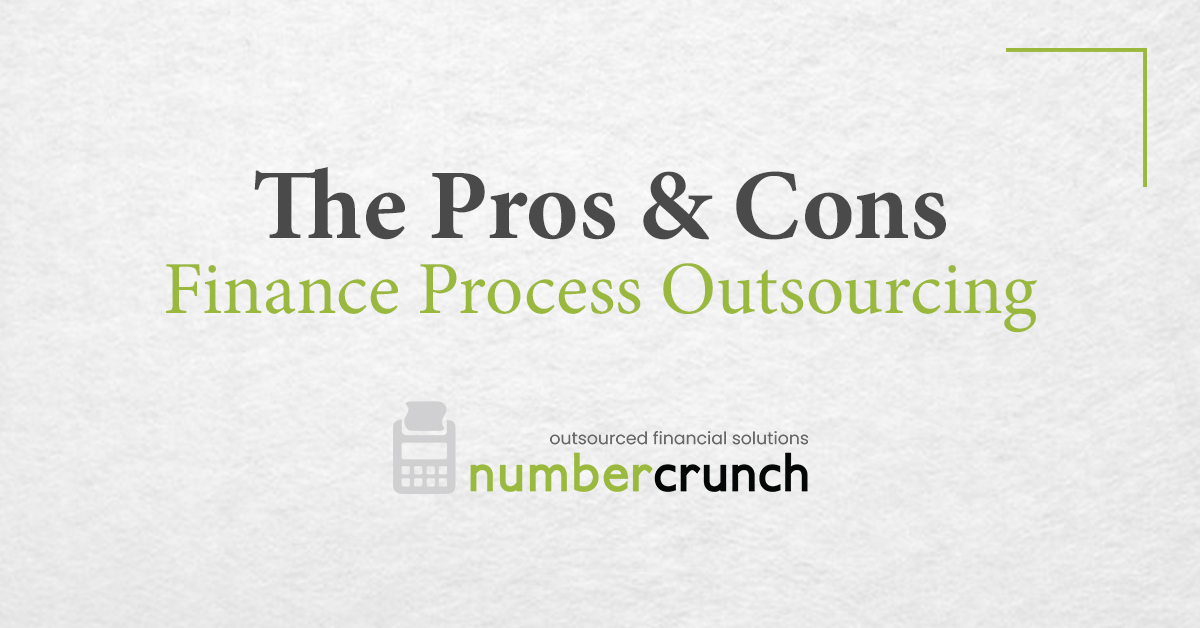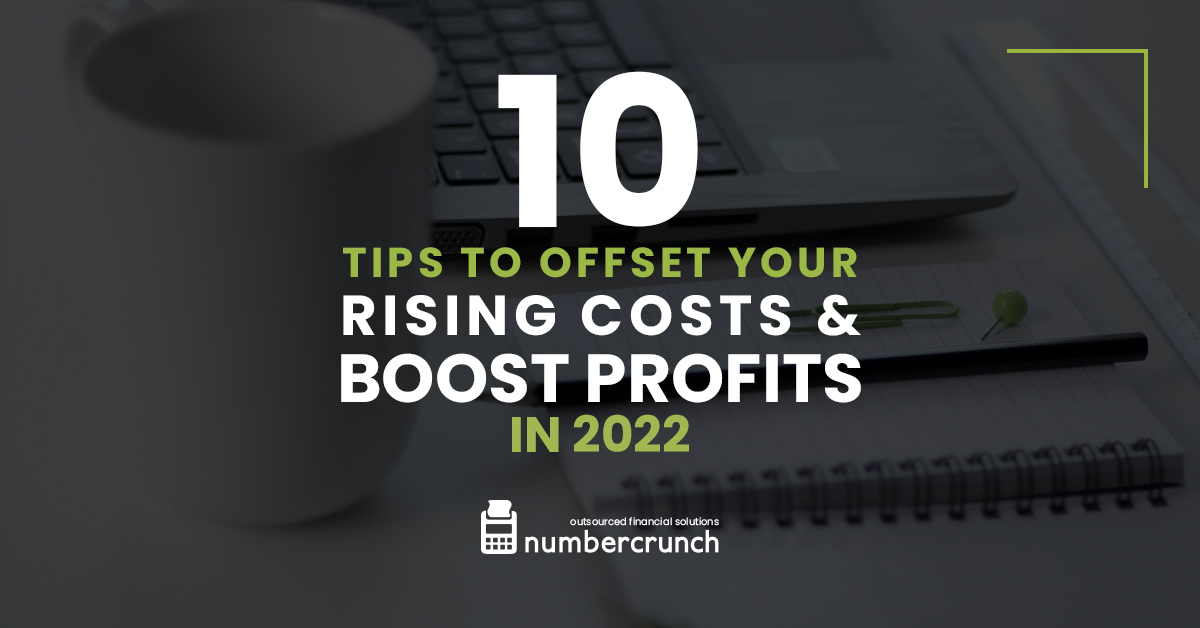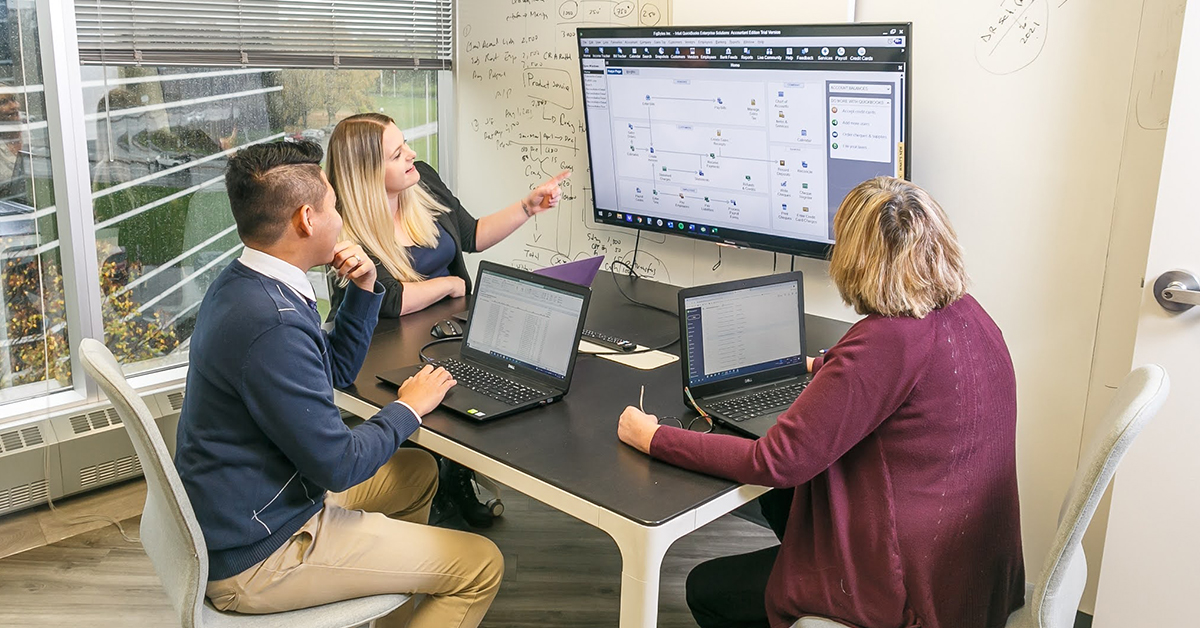As the nation prepares for tax filing season, businesses are scrambling to keep up with all the reporting requirements including T2200 forms. T2200s are forms that are applicable when employees are required to pay their own expenses while carrying out the duties of employment. The information we are sharing on this is based on our understanding of the information. Since numbercrunch does not provide tax expertise, we are providing our best efforts to understand this, similar to you, with perhaps a little more experience.
Historically T2200 forms are reserved for commission sales people, truck drivers, and other unique employment situations so they are not overly common, but certainly not all that rare. If you generally complete these forms for one or more of your employees you may still be continuing as per usual this year.
The pandemic has created a situation where a large volume of employees have been required to work from home. Thankfully there is a simplified process for addressing this unique situation and I’m going to break it down for you. These methods each require the employee to have had to work from home more than 50% of the time for a period of at least 4 consecutive weeks in 2020. With that condition in mind there are two options for employees to consider:
Option 1: Simple Flat Rate Method
The Government created a Temporary Flat Rate method. This essentially allows employees to claim $2/day times the number of days they worked from home up to a maximum of $400. No forms are required by the employer for this method. This amount just gets added to line 22900 of the employees personal tax return.
Option 2: The Detailed Method
Should the employee believe they have more than $400 in eligible expenses they can request their employer to provide a T2200S form.
On this form the employer has to confirm that the employee did work from home due to COVID-19 and also declare whether the employee was reimbursed for any of their home office expenses and whether the amount was included on the employees T4 slip. The form is simple and businesses are required to provide it if the employee asks. However the issue I am seeing is that employees are creating a lot of extra work for employers by asking for the form without realizing that a form is not required for the simple flat rate method.
Employees will be required to complete form T777s that breaks down their eligible costs if they are choosing the detailed method so I’d suggest employers send a form link to their employers and first have them confirm that they do exceed $400 in eligible expenses before sending T2200S forms to every employee. It is just a way to filter and reduce the requests and keep in mind they can’t claim any expenses you reimbursed them for (obviously).
Summary
When your employee asks for a T2200 Form, they are likely confusing this with the COVID form not the traditional T2200 form which is more of a headache for employers. You may want to let them know that no form is required if they are just looking to claim up to $400 using the Flat Rate method. That may drop your requests by 50% with that simple response.
For your employees that want the detailed report, ask them to confirm that they have already completed a T777S form. This will likely cut the numbers down by another 25% for some of these reasons:
-
Home insurance and property taxes are only claimable by commission employees
-
Home related expenses are prorated by square footage and then again by usage of total time in the home so if your home office is only 12% of your space and you work 40 hours a week that equates to about 2.9% of the expense during the work-from-home period.
Note: Employees who live in rental properties may see a greater benefit for the detailed method since their home office space will be a greater % of total space and rent is an eligible expense (while mortgages are not).


